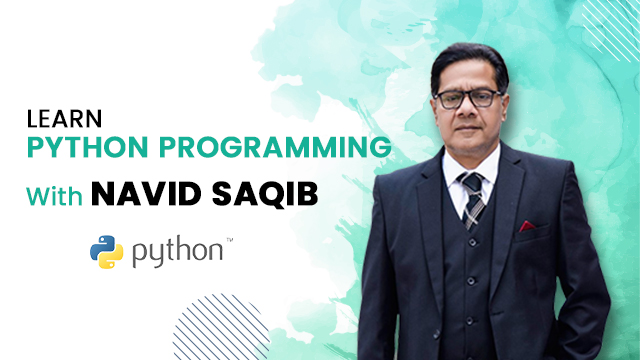Currently Empty: $0.00
Paper 1 – Theory (Typically 2 hours)
0/20
Introduction Paper 2 – Practical (Typically 2 hours) done
0/2
Problem Solving
0/5
Relation of Real Life and Programming done
0/5
Stages of Programming
0/14
Dealing with Constructs
0/24
Question Set 3
0/3
Flow charts – The easy concept
Concept of Validations
0/6
Question Set 4
0/2
Dealing with 1D Arrays
Dealing with 2D Arrays
Linear search with !D Array – The common pattren
Bubble Sort – The common Pattren
Modular Programming – Concept of Procedures and Functions
Handling Errors in Pseudocode
File Handling
File handling – with 1D Array
Logic Gates
Databases
Reading:
In programming, selection constructs allow for decision-making within code, enabling programs to execute different blocks of instructions based on specific conditions. These constructs provide branching mechanisms that guide the flow of execution in various directions.
One-way selection constructs, exemplified by the “if” statement, execute a block of code if a condition evaluates to true. For example:
x = 10
if x > 5:
print(“x is greater than 5”)
Two-way selection constructs expand on this by providing an alternative block of code to execute if the condition evaluates to false. The “if-else” statement is a common example:
x = 3
if x > 5:
print(“x is greater than 5”)
else:
print(“x is less than or equal to 5”)
if x > 5:
print(“x is greater than 5”)
else:
print(“x is less than or equal to 5”)
Multiple-way selection constructs allow for testing multiple conditions sequentially using “if-elseif-else” or “switch-case” constructs. In Python, multiple conditions can be evaluated using “elif” statements:
x = 3
if x > 5:
print(“x is greater than 5”)
elif x == 5:
print(“x is equal to 5”)
else:
print(“x is less than 5”)
if x > 5:
print(“x is greater than 5”)
elif x == 5:
print(“x is equal to 5”)
else:
print(“x is less than 5”)
python language wont use case of ,Alternatively, in languages like C/C++, the “switch-case” construct is used:
int x = 2;
switch (x) {
case 1:
printf(“x is 1”);
break;
case 2:
printf(“x is 2”);
break;
default:
printf(“x is neither 1 nor 2”);
}
switch (x) {
case 1:
printf(“x is 1”);
break;
case 2:
printf(“x is 2”);
break;
default:
printf(“x is neither 1 nor 2”);
}
These selection constructs empower programmers to create dynamic and responsive code, enabling programs to adapt their behavior based on changing conditions and input. They are essential for implementing decision-making logic and enhancing the versatility and functionality of software systems.

